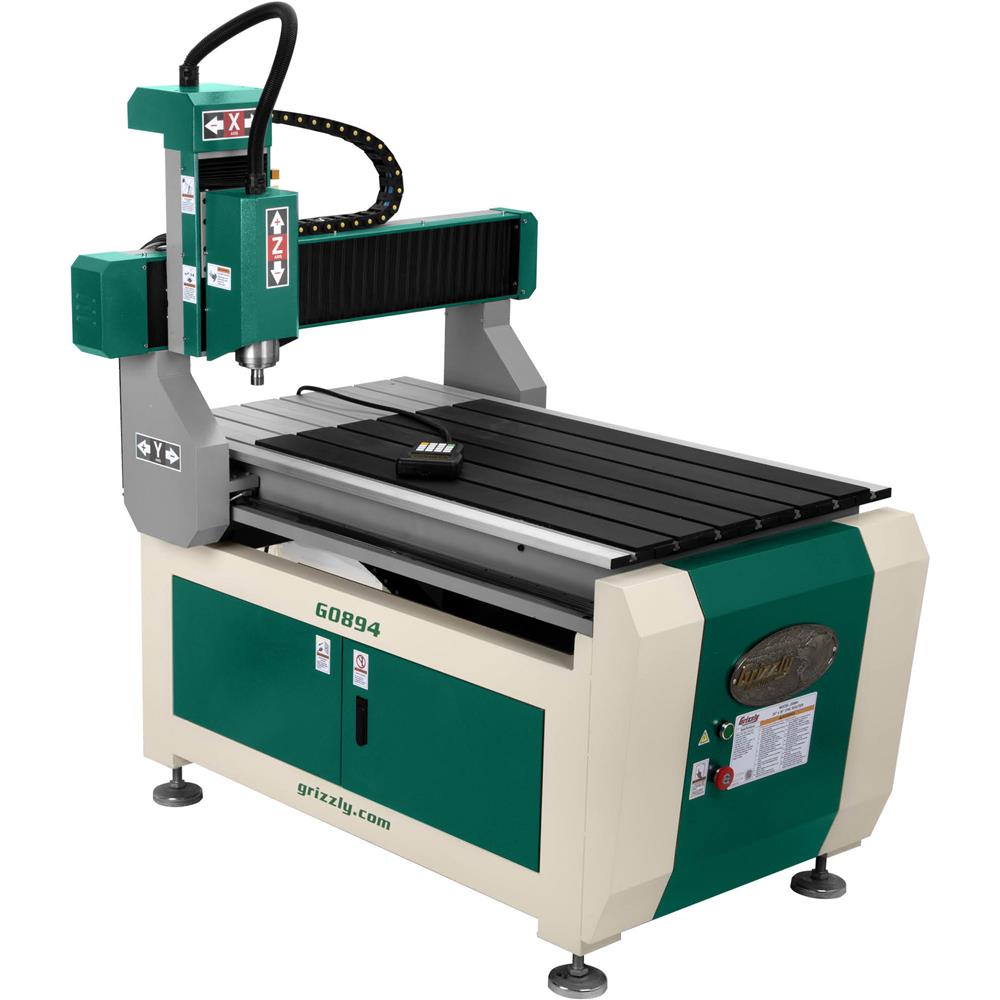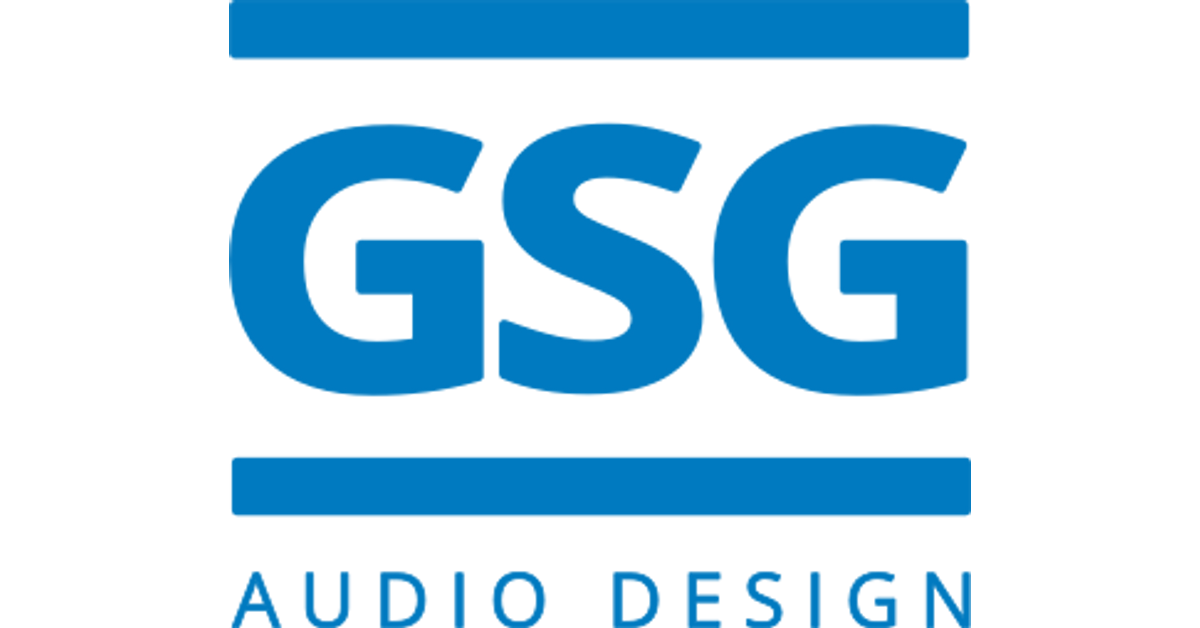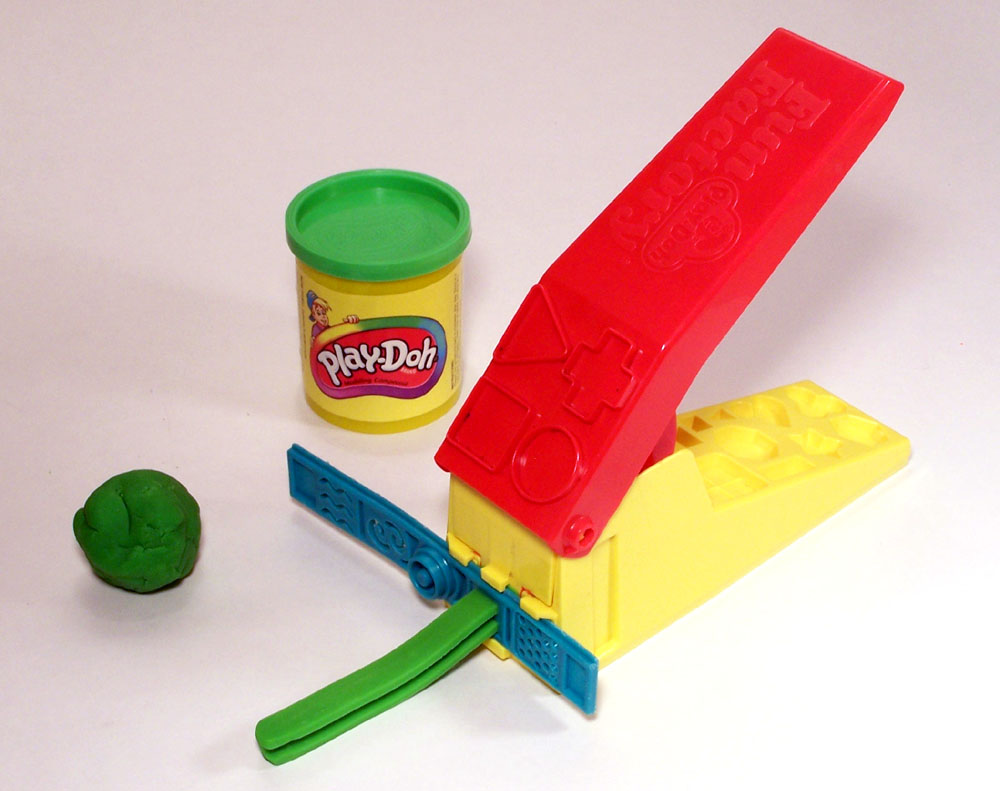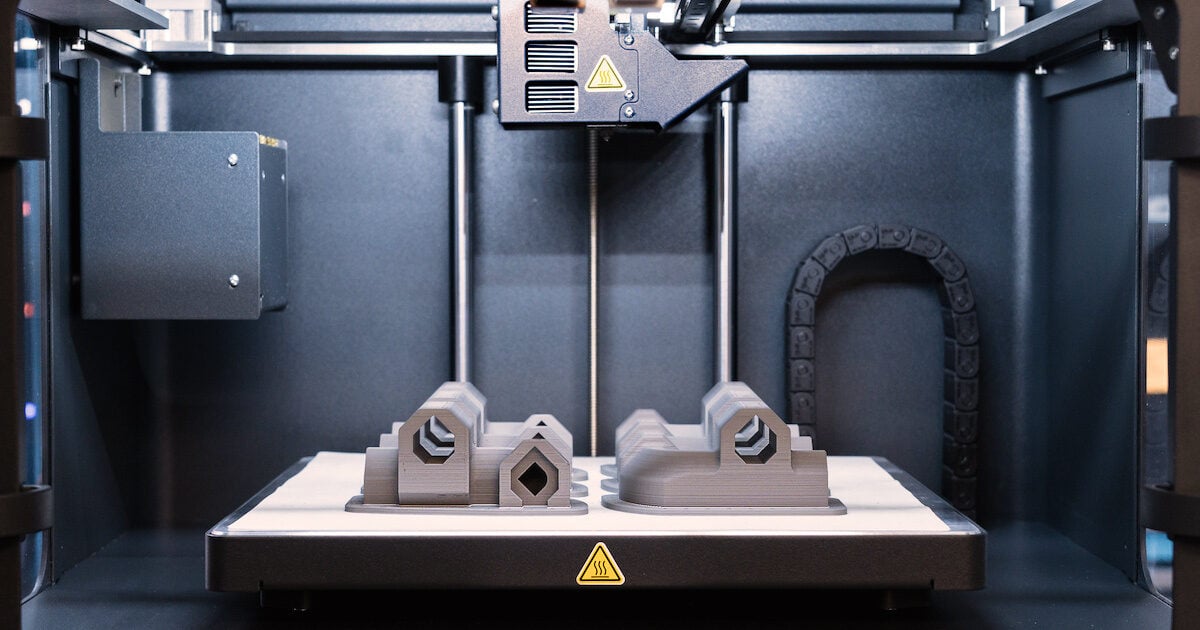Hey all! JP HERE!
A bit about myself, I am a department head in a manufacturing plant and I’m responsible for a few large scale manufacturing lines for bolts. I’ve been exposed to a number of manufacturing machines.
If there’s a way to ‘print’ money it's having a machine make something of value that people want.

Are those the machines you’re thinking of?
You’re not alone and that most people tend to think of machines people tend to think of hundreds of thousands even millions to start up.
The reality is that today it’s much cheaper and accessible for someone to even start a small scale manufacturing business in your garage. I wanted to share with you a few machines so you can start designing, developing, and selling your idea right out of your garage instead of spending wads of cash for a manufacturer.
So the machines I’ll be posting will be under 2k and small enough to start a manufacturing operation in your garage.
3d Printer -
I’ve made a post earlier about 3d printing and this is one of the most versatile machines out there and you can literally think near of anything in a 12”x12” cube. Even better if you know how to play with led lights and soldering, you can get some transparent PLA plastic and have some cool decor lighting.
I currently love my 3d printer I got on amazon for less than 250$. Plastic usually costs 20-25 dollars for a 1k roll.
The printer - Comgrow Creality Ender 3 Pro 3D Printer with Removable Build Surface Plate and UL Certified Power Supply 220x220x250mm: Amazon.com: Industrial & Scientific
The Brand I would reccomend you to use - (hatchbox)
Amazon.com: HATCHBOX PLA 3D Printer Filament, Dimensional Accuracy +/- 0.03 mm, 1 kg Spool, 1.75 mm, Black, Pack of 1: Industrial & Scientific
CNC Machine/Router -
There is quite a range of selections for a CNC machine. They can be small enough to sit on your desktop to the size of a small house.
They can do small things such as engravings and ranging up to metalwork. Although the choices for a smaller business such as the inventables X-Carve is basically plug and play and is priced a little over 1k for a carving space of 1 meter x 1 meter which is massive for woodworking projects like signs, small bowls, and other projects.
You can find them here - Inventables
Laser Cutter/etch -
Now keep in mind, Laser cutters are dangerous with fumes so you should keep a good ventilated space or have it blown outside from your garage. That being said, laser cutters and etchers are very versatile machines that can do awesome custom work on metal, wood, plastic etc…
The plug and play version is a bit pricy my experience with laser cutters is pretty limited but the Glowforge was very impressive but it boasts a price tag of almost 4k and my understanding it can’t cut through material greater than 2 inches.
There are hundreds of laser etchers that are out there that are significantly less and can do the same work. The machine is just not as attractive - you can drop a good 2k and get the same capacity for an ‘industrial-looking’ machine. Like this one https://www.amazon.com/dp/B00BKWP0A2/?tag=tff-amazonparser-20
Now if you have all 3 of those - you can virtually come up with a cutting edge product in your garage to start selling right off the back.
All it takes is some time invested on Fusion 360 Cloud Powered 3D CAD/CAM Software for Product Design | Fusion 360
(which is free for hobbyists up to a year i believe) and a ton of youtube tutorials!
You are literally limited to your own imagination and elbow grease, no more excuses and now get your a$$ to work!
A bit about myself, I am a department head in a manufacturing plant and I’m responsible for a few large scale manufacturing lines for bolts. I’ve been exposed to a number of manufacturing machines.
If there’s a way to ‘print’ money it's having a machine make something of value that people want.
Are those the machines you’re thinking of?
You’re not alone and that most people tend to think of machines people tend to think of hundreds of thousands even millions to start up.
The reality is that today it’s much cheaper and accessible for someone to even start a small scale manufacturing business in your garage. I wanted to share with you a few machines so you can start designing, developing, and selling your idea right out of your garage instead of spending wads of cash for a manufacturer.
So the machines I’ll be posting will be under 2k and small enough to start a manufacturing operation in your garage.
3d Printer -
I’ve made a post earlier about 3d printing and this is one of the most versatile machines out there and you can literally think near of anything in a 12”x12” cube. Even better if you know how to play with led lights and soldering, you can get some transparent PLA plastic and have some cool decor lighting.
I currently love my 3d printer I got on amazon for less than 250$. Plastic usually costs 20-25 dollars for a 1k roll.
The printer - Comgrow Creality Ender 3 Pro 3D Printer with Removable Build Surface Plate and UL Certified Power Supply 220x220x250mm: Amazon.com: Industrial & Scientific
The Brand I would reccomend you to use - (hatchbox)
Amazon.com: HATCHBOX PLA 3D Printer Filament, Dimensional Accuracy +/- 0.03 mm, 1 kg Spool, 1.75 mm, Black, Pack of 1: Industrial & Scientific
CNC Machine/Router -
There is quite a range of selections for a CNC machine. They can be small enough to sit on your desktop to the size of a small house.
They can do small things such as engravings and ranging up to metalwork. Although the choices for a smaller business such as the inventables X-Carve is basically plug and play and is priced a little over 1k for a carving space of 1 meter x 1 meter which is massive for woodworking projects like signs, small bowls, and other projects.
You can find them here - Inventables
Laser Cutter/etch -
Now keep in mind, Laser cutters are dangerous with fumes so you should keep a good ventilated space or have it blown outside from your garage. That being said, laser cutters and etchers are very versatile machines that can do awesome custom work on metal, wood, plastic etc…
The plug and play version is a bit pricy my experience with laser cutters is pretty limited but the Glowforge was very impressive but it boasts a price tag of almost 4k and my understanding it can’t cut through material greater than 2 inches.
There are hundreds of laser etchers that are out there that are significantly less and can do the same work. The machine is just not as attractive - you can drop a good 2k and get the same capacity for an ‘industrial-looking’ machine. Like this one https://www.amazon.com/dp/B00BKWP0A2/?tag=tff-amazonparser-20
Now if you have all 3 of those - you can virtually come up with a cutting edge product in your garage to start selling right off the back.
All it takes is some time invested on Fusion 360 Cloud Powered 3D CAD/CAM Software for Product Design | Fusion 360
(which is free for hobbyists up to a year i believe) and a ton of youtube tutorials!
You are literally limited to your own imagination and elbow grease, no more excuses and now get your a$$ to work!
Dislike ads? Remove them and support the forum:
Subscribe to Fastlane Insiders.
Last edited:







